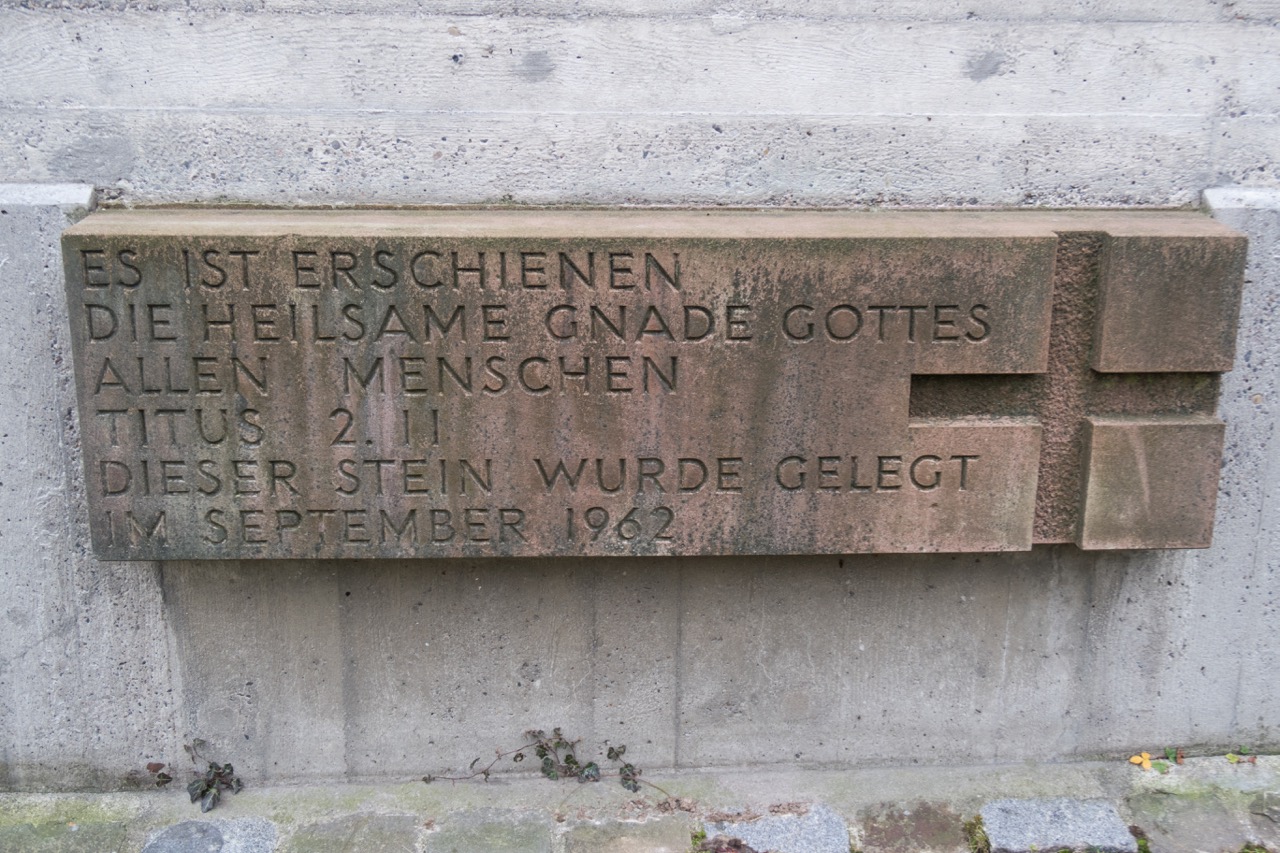How Proper Hydration Boosts Physical Therapy Results
작성자 정보
- Hazel Borchgrev… 작성
- 작성일
본문

Staying properly hydrated is one of the frequently neglected yet critical factors in achieving positive outcomes Praxis Physiotherapie in Basel physical therapy. No matter if you're healing from trauma, your body requires consistent fluid support to function at its optimal capacity. Water acts as a key component in muscle performance, cartilage protection, and the body’s natural healing processes.
Muscles require adequate hydration to move smoothly and powerfully. When you are low on fluids, your stamina suffers, which can make rehabilitation routines more difficult and less effective. Dehydration can also lead to increased muscle cramps and spasms, which may interfere with your therapy sessions and delay recovery.
Joints depend on synovial fluid for unrestricted motion, and this fluid is over 90% water. Without enough hydration, the cushioning effect weakens, leading to increased friction and discomfort. This can make it harder to complete range of motion exercises and may even contribute to further joint stress over time.
Proper hydration improves vascular function, which is crucial for delivering oxygen and nutrients to damaged tissues and clearing inflammatory toxins. When you are adequately fluid-loaded, your blood flows more efficiently, helping to reduce inflammation and speed up recovery. This means that the treatment outcomes—such as hands-on mobilization, flexibility drills, and resistance exercises—can be significantly enhanced.
Fluid imbalance often leads to exhaustion and lightheadedness, which may increase the risk of falls or accidents. This is especially important for aging populations or those with balance issues. Drinking water regularly helps keep energy levels stable and supports cognitive clarity, allowing you to fully engage with your therapist.
The best practice is steady hydration. Thirst is actually a late sign of dehydration. Aim for at least eight glasses of water daily—and extra hydration during intense therapy. Monitoring the color of your urine can be a practical daily metric—light straw color signals optimal levels.
Your physical therapist may also provide personalized hydration tips based on your medical history, daily movement volume, and environment. Reach out for personalized advice. Remember, hydration is a holistic lifestyle practice—it’s about building a sustainable routine for long-term healing.
Adopting consistent fluid habits is a easy, cost-effective, and transformative way to maximize therapeutic benefits. Your body responds more effectively when it has the resources it needs, and water is one of the most fundamental resources of all.
관련자료
-
이전
-
다음
